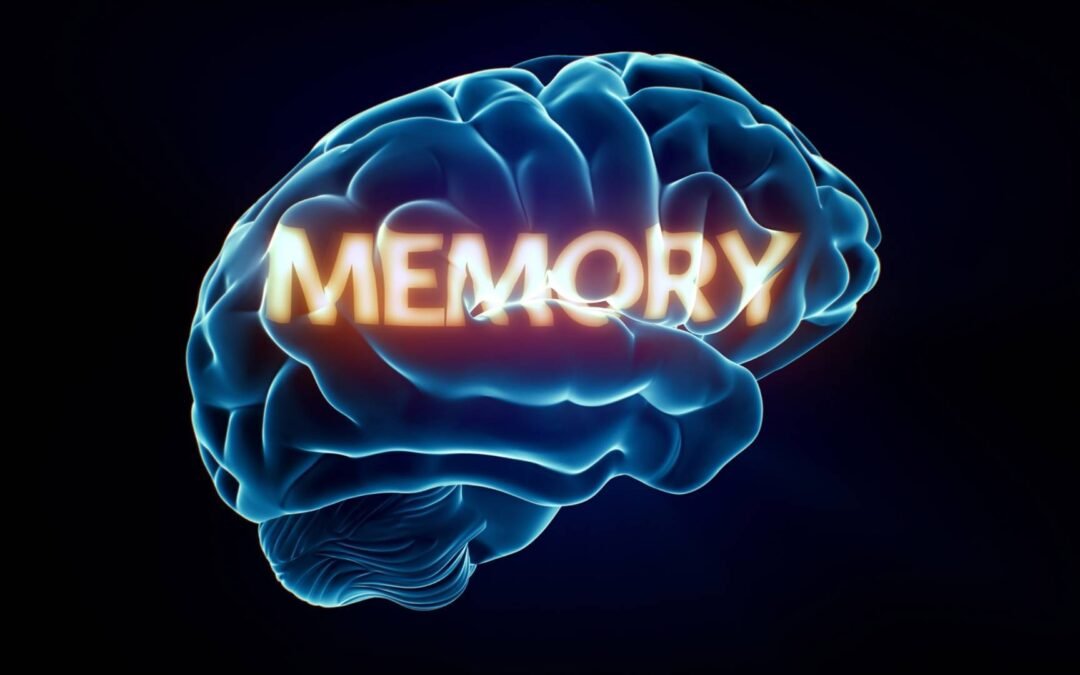In the last few years, AI has grown fast. But now there’s one feature that is quietly reshaping how we interact with machines: memory.
Memory in AI doesn’t mean storing everything forever.
It means the system can remember preferences, instructions, and key details between conversations. That’s what turns a generic chatbot into a real virtual assistant.
Let’s look at how memory works in the main models today: ChatGPT, Gemini, Claude, and Manus.

ChatGPT (OpenAI)
ChatGPT now has an optional Memory. You can say “remember this” or “forget this”. It records things like your writing style, preferred language, or even details about your business.
If you don’t want memory, you can start a Temporary Chat.
💡 Limitation: Custom GPTs don’t yet have their own memory. For long projects, the workaround is to use Projects, which keep files, context, and instructions together.
Gemini (Google)
Gemini has introduced the ability to refer back to past conversations. It can recall what you’ve searched or asked before, making the flow more natural and personalized.
In addition, Temporary Chats are available, for when you want a clean, no-memory session. The switch is simple in the settings.
Claude (Anthropic)
Claude launched Memory along with chat search. Available for Team and Enterprise, it lets you:
✅ Review what the assistant remembers
✅ Edit or delete specific memories
✅ Use an Incognito Mode for chats with no memory
That means you decide exactly what sticks and what doesn’t.
Manus
Manus is different. It’s not just a chatbot but a platform for operational AI agents with long-term memory.
Instead of focusing only on conversation, it stores state, files, and task progress. This makes it useful for repetitive workflows, automations, and project execution.

Why Does Memory Matter in Practice?
Without memory, every chat starts from zero. It’s like speaking to a new receptionist every time you walk into a hotel — inefficient and tiring.
With memory, AI can:
✅ Personalize tone and style — adapt to your way of working
✅ Tailor recommendations — remember your sector, market, or goals
✅ Speed up tasks — no need to repeat the same briefing every time
✅ Act as a long-term partner — keeping lessons and strategies in mind
What About Tourism and Business?
Imagine a tourism assistant that already knows you manage a specific destination, prefer short reports, and always want numbers in euros.
Or a digital consultant that remembers your campaign calendar and suggests improvements without re-explaining.
That’s where memory stops being a technical feature and becomes a strategic personalization tool.
Conclusion
Memory is what separates a “generic” AI from a true intelligent assistant.
✅ ChatGPT: flexible memory + projects for context
✅ Gemini: simple personalization from past chats
✅ Claude: transparent, editable memory
✅ Manus: long-term memory for operations
All of them are moving in the same direction: making AI less disposable, and more of a trusted digital partner.
👉 For tourism and digital business professionals, the message is clear: using AI memory means unlocking personalization, efficiency, and autonomy.
By: Editorial Team (With AI Help)
Writers specializing in tourism, technology, digital marketing, sales, and business.
You might like:
Why Every Tourism Business Needs an AI Workspace
What is an AI Workspace and What Are Its Benefits?Most professionals start using AI right away. They open ChatGPT, type a question, and expect transformation. But the truth is simple: AI only works as well as the data you give it. And to organize this data, you need...
How to Use AI for Professional Qualification in Tourism
Imagine a traveler arriving full of excitement. The destination is beautiful, the culture is rich, the experience is promising. But if the service feels unprepared, that excitement can quickly fade. A destination is only as strong as its people. You can have stunning...





